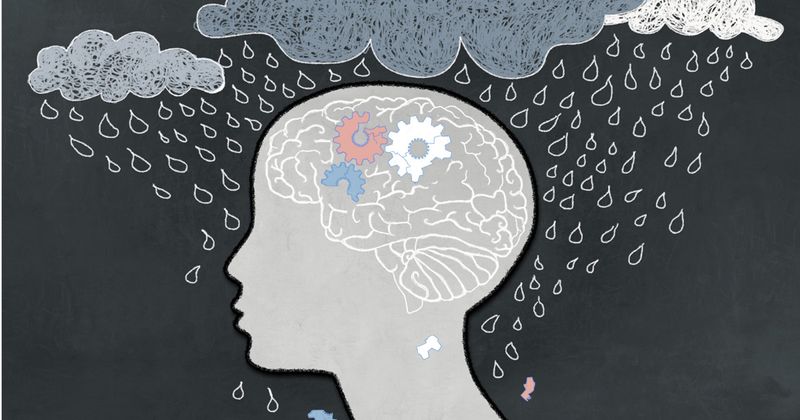Childhood trauma linked to greater odds of psych disorders by adolescence
Children from Brazil exposed to trauma in early childhood are at greater risk for developing psychiatric disorders by their middle childhood years, according to a study published in Lancet Psychiatry.
“Trauma exposure is common in childhood, when it can have substantial adverse consequences for developmental trajectories,” Andreas Bauer, PhD, of the department of psychology at the University of Bath in England, and colleagues wrote. “Such observations have led to childhood trauma being considered as a leading preventable cause of mental illness.”

Bauer and colleagues sought to investigate associations between trauma and psychiatric disorders in children from a single-year birth cohort in Brazil.
Data was obtained from the 2004 Pelotas Birth Cohort, an ongoing, population-based, prospective cohort of all hospital births occurring in 2004 in the city of Pelotas, Brazil. From 4,263 recorded live births, 4,231 children were included in the study, and 4,229 children (51.9% boys) were analyzed.
At the ages of 6 and 11 years, trained psychologists administered the Development and Well-Being Assessment clinical interview to caregivers of children in this cohort to assess psychiatric disorders (anxiety disorders, mood disorders, ADHD and hyperactivity disorders, and conduct and oppositional disorders), as well as lifetime trauma exposure (experiencing or witnessing life-threatening events) including interpersonal and non-interpersonal events. Analyses used multiple imputation and logistic regression models.
Results showed that 1,154 (34.3%) of 3,367 children with complete data by age 11 years had been exposed to trauma.
After adjusting for confounders, at age 6 years, trauma was associated with increased odds of anxiety disorders (adjusted OR = 1.79; 95% CI, 1.33-2.42) and any psychiatric disorder (aOR = 1.59; 95% CI, 1.22-2.06), and at age 11 years, with any psychiatric disorder (aOR = 1.45; 95% CI, 1.17-1.79) and all four specific diagnostic classes of anxiety disorders (aOR = 1.47; 95% CI, 1.04-2.09), mood disorders (aOR = 1.66; 95% CI, 1.08-2.55), ADHD and hyperactivity disorders (AOR = 1.47; 95% CI, 1.01-2.13), and conduct and oppositional disorders (aOR = 1.76; 95% CI, 1.19-2.61).
Data further revealed that interpersonal trauma and non-interpersonal trauma were each associated with increased odds of multiple psychiatric disorders, even when adjusting for their co-occurrence.
“Our findings suggest that associations between trauma and mental disorder are already present by age 6 and hold across multiple diagnostic groupings by age 11 [years],” Bauer and colleagues wrote.
